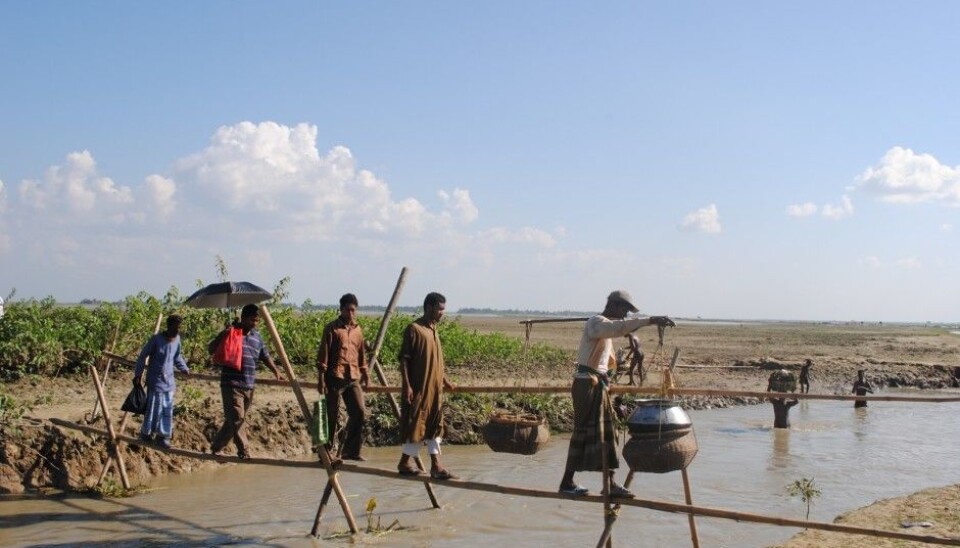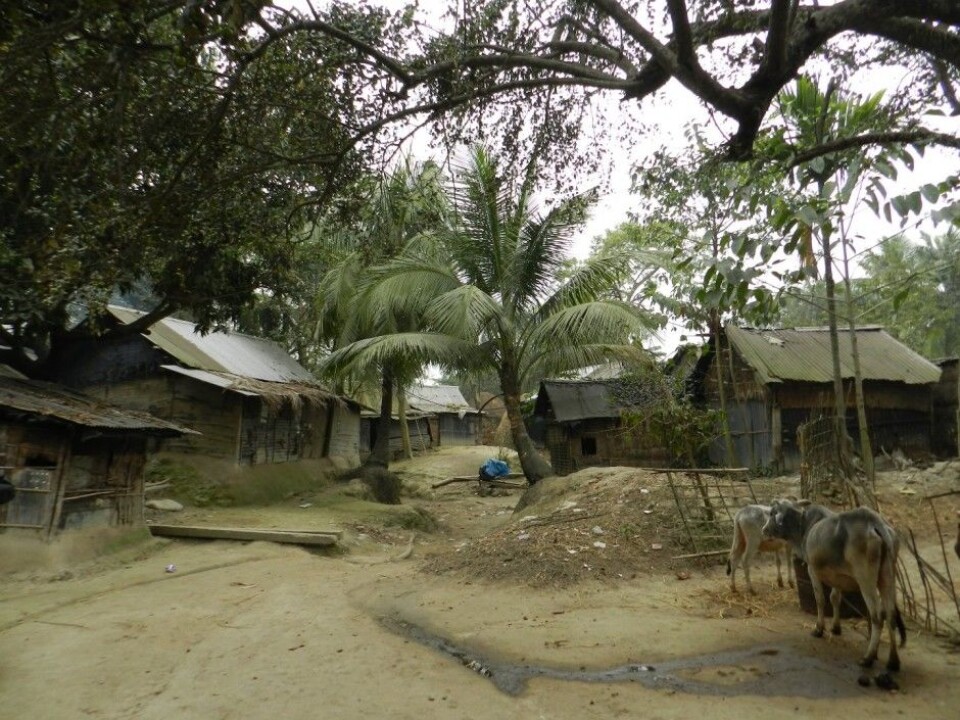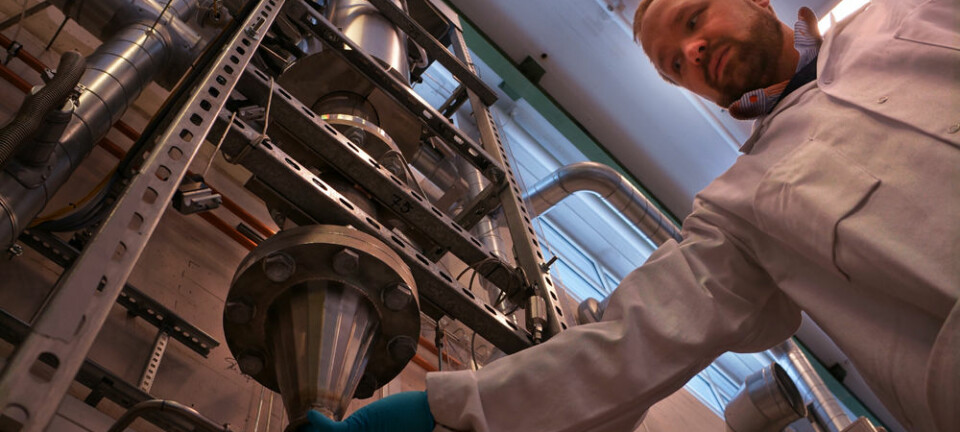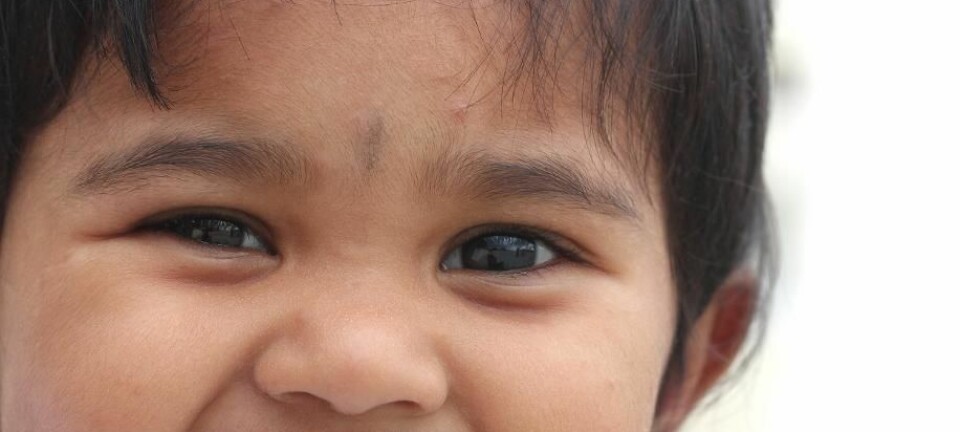An article from University of Oslo

The mobile phone as a gateway to electrification
One billion people world-wide have no access to electricity to cook food or light their homes. Despite the technology being in place.
A single light bulb greatly simplifies a family’s daily life, enabling family members to carry out various activities indoors. The children do their homework, and the mother sews or prepares dinner.
Indoor lighting also makes it easier to care for elderly relatives. The next thing on the wish-list is sufficient electricity to run a cooling fan on hot days, a television, and, not least, a socket to charge the mobile phone. Even the poorest people in rural areas of Bangladesh possess mobile phones.
Norwegian energy assistance savaged
1. 3 billion people currently have no access to electricity. The majority of these live in South Asia or Sub-Saharan Africa, according to the International Energy Agency. Despite the significant fall in the cost of renewable energy sources such as photovoltaic solar cells in recent years, low prices and available technology are not sufficient to secure electricity for millions of new users.
The Norwegian Ministry of Foreign Affairs has experienced this at first hand. In an investigation into Norwegian development assistance for renewable energy projects, the verdict of the Office of the Auditor General of Norway is crystal clear: Norway’s contribution has “done little to boost renewable energy production”.

The aid was largely based on known technology such as hydropower and amounted to almost EUR 1 billion. So what is the problem?
“In the initial phase of projects such as these, the focus is often on technological solutions, while repairs and maintenance are secondary. In my opinion, the reverse should be the case. Repairs and maintenance adapted to local conditions should influence the choice of technological solutions,” says Hanne Cecilie Geirbo, research fellow at the University of Oslo’s Department of Informatics.
For four years she has studied a pilot project in Bangladesh, a collaboration between the Bangladeshi telecommunications operator Grahmeenphone, which is partly owned by Telenor, and the University of Oslo.
Social technology transfer

The project took place in a village located one day’s journey from the capital city of Dhaka. A mobile phone base station clad with photovoltaic solar cells supplied electricity to 136 households and two temples in the village, through a so-called mini-grid. Even one light bulb simplified everyday life for the families there, as described in the introduction. In addition, the installation provided sufficient electricity for a small computer centre for the village residents.
Geirbo points out that innovation requires substantial resources and good planning, not to mention an understanding of the local culture.
On a visit to the village, she discovered, for example, that Ripon, a businessman who was responsible for cleaning the photovoltaic cells, had not been doing his job. This was despite the fact that he was paid a commission to run the electrical grid, and free electricity to run the computer centre, and that the photovoltaic cells functioned less effectively when they were dirty.
“Because everyone has a certain status, a position: Ripon owns a shop, and as such has a certain status (in the local community). He has a reputation to maintain.”
This is how a study informant explained why Ripon could not do the job as agreed.
“His position as a businessman would have been undermined if others saw him cleaning the photovoltaic cells. Without the authority that accompanies this position, he is unable to ensure that people pay their bills and refrain from stealing electrical power. This example shows that there is no single common solution for implementing energy across different countries and cultures,” says Geirbo.
Infrastructure
In her PhD thesis, Geirbo examines what is needed to establish and maintain an electrical grid in a village that lacks basic infrastructure. The idea of a shared electrical grid for households, such as in Norway, requires that the buildings are permanent.
This is not necessarily the case in a village in the Global South. In Bangladesh, houses can fall apart in the monsoon season, they can be moved or merged with the house next door. Floods are a particular problem. The projects must also be adapted to the landscape, the pattern of settlement and other factors specific to the locality, according to Geirbo.
Business models
Another challenge in Bangladesh is that patterns of payment differ from the system typically used by electricity suppliers. Since seasonal work is very common, bills are generally paid in large sums around the time of big festivals, rather than regularly.
“This shows that infrastructure is a process rather than a quick-fix solution. To succeed in implementing new technology, there must be follow-up over time and necessary adaptations must be made,” says Geirbo.
The majority of Bangladeshis in urban areas have mobile phones, so much of the competition for new customers takes place in rural areas. But what is the use of mobile phone coverage if there is no electricity to charge the phones?
The pilot project was among the first to use a mobile phone mast as a basis for distributing electricity.
“The model we tried is one of many possible models for rural areas. It didn’t go quite as expected, but this was pioneering work. That’s how it is with innovation ‒ we can’t wait for the ideal model, we get nowhere that way.”
At the end of the period the electrical grid to the villagers was shut down, as it was too resource-intensive. Instead, the electricity supply now goes to the computer centre and a school in the village.
The road ahead
“What are the biggest challenges today in reaching those who have no electricity?”
“Operation and maintenance are especially difficult. It is relatively easy to instigate these projects, but challenging to ensure continuity and financial sustainability.”
“What actors can help secure access to electricity for more people?”
“Electricity suppliers hesitate to invest in poor areas. If a telecommunications company guarantees to buy a certain amount of electricity to run base stations in one of these areas, it enables the supplier to deliver electricity to customers on low incomes without incurring a loss,” Geirbo states.
She emphasizes that the expansion of mobile phone infrastructure in the Global South has been a big success.
“A great many people now have mobile phones. The network of mobile phone masts may be one of many gateways to supplying electricity to people in remote areas,” says Geirbo.


































